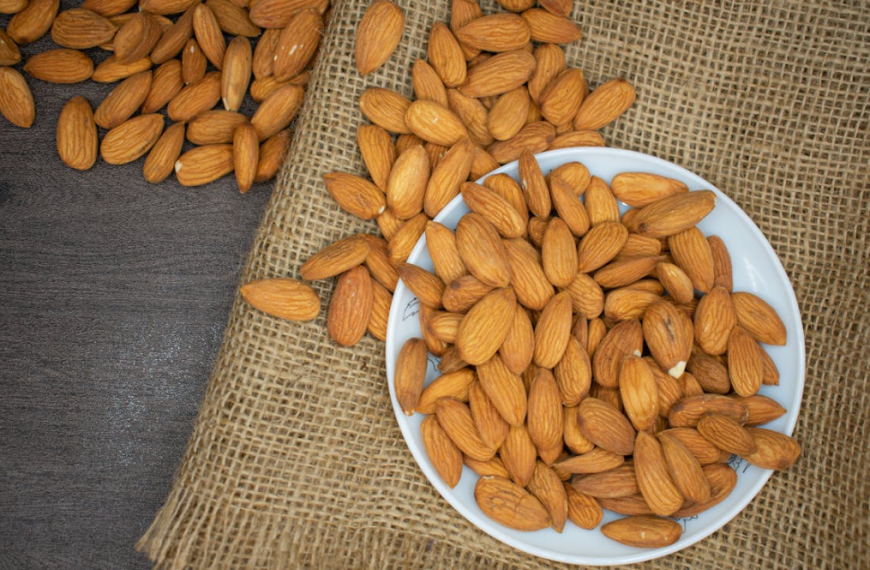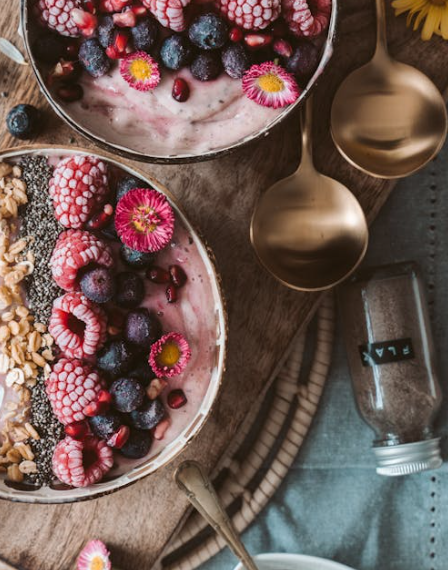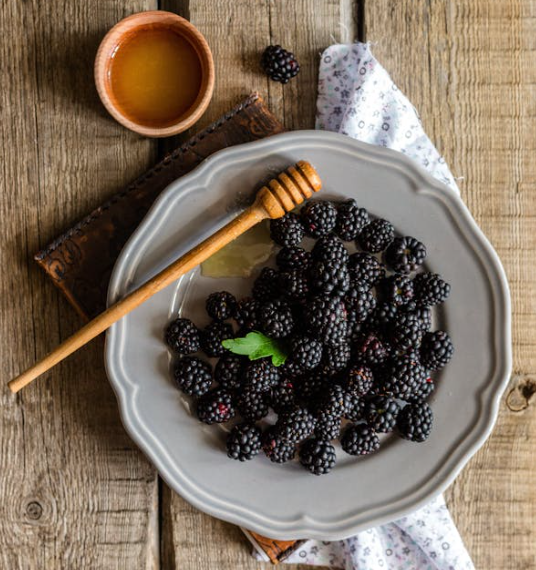Strawberries are really popular berries. They’re sweet, red, and people have been using them to top desserts for a long time, even before we had processed sugar.
When we eat strawberries, we usually throw away the leaves. But is that really necessary? It turns out, strawberry leaves aren’t just safe to eat — they’re also good for you.
You might not have known this before, but strawberry leaves are totally edible and they have health benefits. If you have questions about strawberry leaves, you’re in the right place. Here’s everything you need to know.
Strawberry leaf benefits: Are they good for you?
Strawberry leaves aren’t exactly a superfood like goji berries or spirulina, but they might have some health benefits that make you reconsider throwing them away.
There hasn’t been a lot of research on the health effects of strawberry leaves, even though people have been using them as medicine for a long time.
From what studies have shown, keeping the leaves on your strawberries might not be a bad idea. It could even be a good one.
1. Strawberry leaves may improve heart health
For many years, dietary scientists have praised berries as good for the heart, and strawberries are no exception.
Berries are rich in polyphenols like anthocyanins, which are natural compounds that have been shown in many studies to lower the risk of heart problems. Researchers have used various trials involving strawberries, both fresh and freeze-dried, as well as extracts made from strawberries.
Here’s a fun fact: The leaves of strawberries have even more polyphenols than the fruit itself. So, if you’re adding strawberries to a smoothie to boost heart health, keeping the leaves on will give you even more benefits with each sip.
2. Strawberry leaves might reduce blood sugar
There’s some evidence that strawberry leaves can lower blood sugar levels. This is good news for people with conditions like type 2 diabetes, who are at risk of having high blood sugar levels.
Once again, polyphenols are the heroes here. Studies, like one from 2015, have shown that strawberry leaf extract, which is high in polyphenolic compounds, significantly reduced blood glucose levels in rats with diabetes. Of course, rats are not humans, so we still need human trials, but the results look promising.
The idea is that polyphenols in strawberry leaves affect how the body digests and absorbs carbohydrates, which helps keep blood sugar levels in check.
Are strawberry leaves going to be the main treatment for type 2 diabetes? Probably not. But some dietitians are already suggesting having a bowl of strawberries with their leaves after a meal high in carbs, like pasta.
3. Strawberry leaves reduce oxidative stress
It’s common knowledge that strawberries are packed with antioxidants, but you might be surprised to learn that most of them are actually in the leaves, not the fruit.
Researchers say that the antioxidant power of strawberry leaves can be up to six times higher than that of the berry itself. And it’s not just strawberries—studies from 2016 suggest that leaves are where most berries have the highest antioxidant levels.
The bioactive compounds, like polyphenols, found in strawberry leaves can help reduce free radicals that cause oxidative stress.
So, if you’re looking to get an antioxidant boost from strawberries, it’s best to keep the leaves on.
4. Strawberry leaves boost your immune system
Vitamin C is crucial for a strong immune system. Luckily, strawberry leaves have almost as much vitamin C as the berry itself.
Different plants may have varying amounts, but strawberry leaves do contain vitamin C, just like the fruit.
Researchers are still studying strawberries to see how they can help boost the immune system. The combination of vitamin C and polyphenols can help the body stay healthy.
Eating strawberries regularly might help reduce the number of sick days, and keeping the leaves on will add even more benefits.
5. Strawberry leaves might have anti-microbial properties
There’s some evidence suggesting that strawberry leaves might have anti-microbial properties. But we need more research to confirm if it’s true, and if it is, whether these effects are significant.
So far, some studies have found that extracts from strawberries can stop the growth of different viruses, bacteria, and harmful microbes. However, these studies used strawberry extracts, and there aren’t many studies testing the anti-microbial benefits of strawberry leaves directly.
Using strawberry tops and leaves in different ways can be quite simple. Here are some methods you can try:
- Enjoy strawberry leaf tea: You can make herbal tea using dried strawberry leaves. It not only adds a health boost but also a subtle fruity flavor.
- Blend them into a smoothie: Add a handful of strawberry leaves to your smoothie for an extra nutritional kick. You can use fresh leaves from strawberries or add dried leaves or extract to your blend.
- Include them in salads: Fresh strawberry leaves can be a tasty addition to your leafy salads. They have a light flavor that complements other ingredients well, adding a hint of fruity freshness.
- Enhance your cocktails: Strawberry leaves can add a unique twist to your favorite cocktails like mojitos. You can use strawberry tops that you’ve saved from eating strawberries, making it convenient and easy to add them to your drinks.
The safety and side efeccst of eating strawberry leaves
Strawberry leaves are safe to eat. Both dried and fresh strawberry leaves are not poisonous and don’t have any side effects.
However, like with anything, allergic reactions can happen. While fatal allergic reactions to strawberries are rare, they can occur. Here are signs of an allergic reaction:
- Skin hives
- Itching
- Soreness in the mouth
- Feeling lightheaded
- Difficulty breathing
- Anaphylaxis
If you experience any of these reactions, stop eating and seek medical help immediately.








